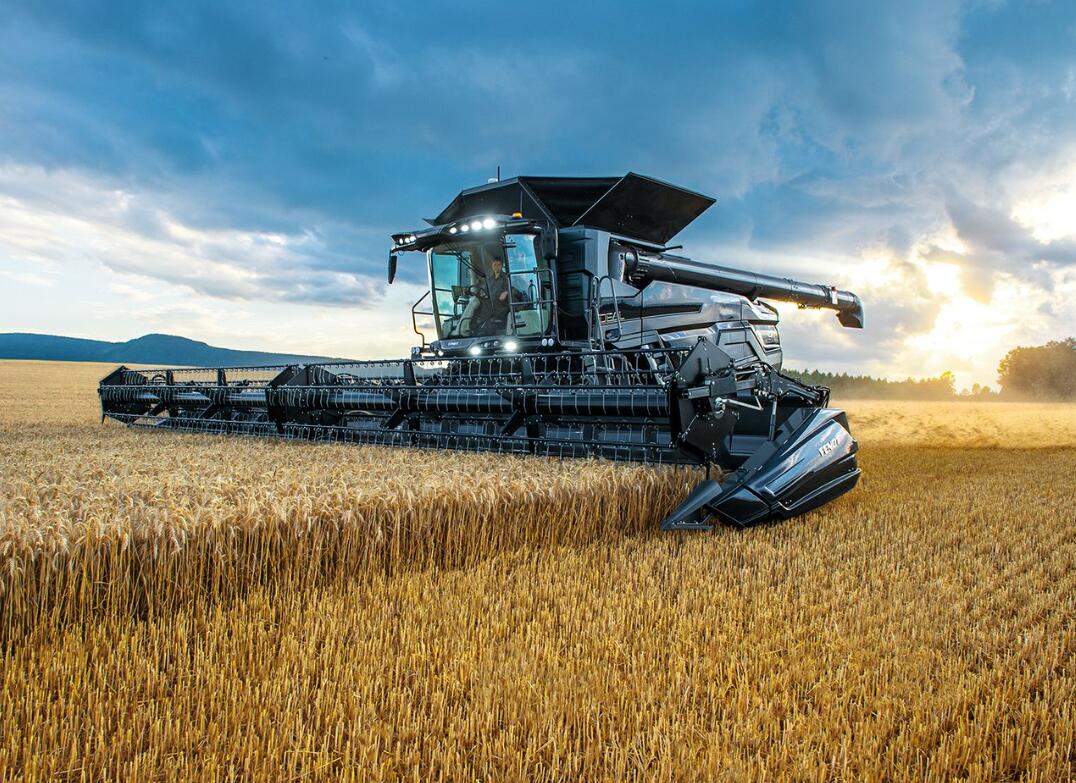Views: 104 Author: Site Editor Publish Time: 2023-09-18 Origin: Site

A grain harvester machine, also known as a combine harvester or simply a combine, is a piece of agricultural machinery designed for the efficient harvesting of various cereal crops, such as wheat, rice, barley, oats, corn (maize), and more. Combines are essential in modern agriculture for their ability to perform multiple harvesting tasks in a single operation, including cutting, threshing, separating, and cleaning grains. Here are the key features and functions of a typical grain harvester machine:
Cutting: The combine harvester is equipped with a cutting header or platform at the front, which uses a rotating cutting mechanism, often equipped with sharp blades or a sickle bar, to cut the mature crop stalks at ground level. The cut crop is then conveyed into the machine for further processing.
Threshing: Once the crop is cut, it is moved into the threshing mechanism within the combine. Threshing is the process of separating the grain kernels (seeds) from the rest of the plant material (straw or chaff). This is usually achieved by using rotating threshing cylinders or rotors with beating elements that knock the grain loose from the stalks.
Separation: After threshing, the mixture of grain, straw, chaff, and other debris is sent through a separation system, typically consisting of sieves, screens, and fans. This separates the grain from the straw and chaff based on size, weight, and aerodynamic properties.
Cleaning: The separated grain is then subjected to cleaning mechanisms to remove any remaining impurities, such as dust, small weed seeds, and broken kernels. Cleaning is usually done with the help of air currents and vibrating screens.
Collection: The cleaned grain is collected in a grain tank or hopper within the combine. This tank can hold a significant amount of harvested grain before it needs to be unloaded into a waiting transport vehicle, such as a grain cart or truck.
Straw Disposal: The remaining crop residue, which consists of straw and chaff, is typically expelled from the rear of the combine and spread evenly across the field. Some combines have options for baling the straw into large round or square bales for other agricultural uses.
Controls and Technology: Modern grain harvester machines are equipped with advanced technology and controls. These may include GPS-guided auto-steering, yield monitoring systems, moisture sensors, and computerized control panels to optimize harvesting efficiency and grain quality.
Adjustability: Combines are designed to be adaptable to different crops and field conditions. Operators can adjust settings such as cutting height, threshing speed, and cleaning parameters to optimize performance.
Capacity: The capacity of a combine harvester is measured in terms of the amount of grain it can harvest and process in a given time, typically expressed in bushels or tons per hour. The capacity can vary significantly depending on the size and model of the machine.
Grain harvester machines have revolutionized agriculture by significantly increasing the efficiency and speed of crop harvesting. They are essential tools for modern large-scale farming operations, helping farmers save time and labor while maximizing crop yield and quality.